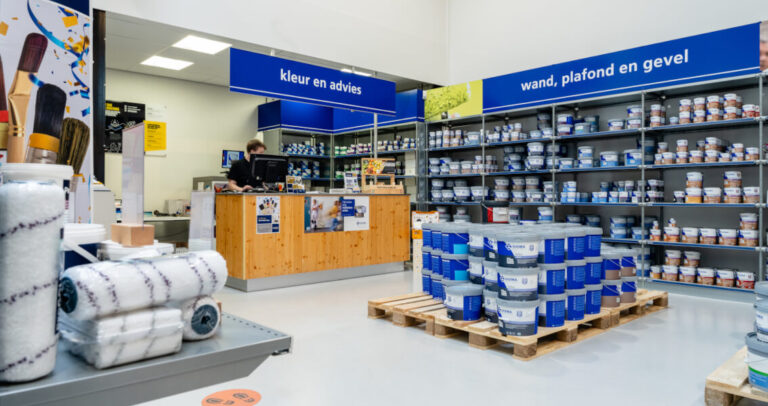April 25th, 2017
During this interview, we ask Piotr Adamczak, purchasing coordinator and user of Slim4 at Sanpol, five questions: What is his role? What does he do on a normal day and what impact has Slim4 had on the business? What’s his biggest challenge at the moment? And what are his ambitions for the future?
What are your responsibilities?
I’m an employee within the central purchasing department and I am responsible for around 2,000 articles which are divided over our two logistic centers. One of my tasks is to ensure that the right level of inventory are available for all articles. I also need to ensure the business achieves an optimal stock rotation in each warehouse by ordering regularly and in the right quantity.
What does a typical work-day look like?
I spend around 2-3 hours a day utilising Slim4. I start by looking at selections that contain articles which require my attention. These are mainly articles which need to be ordered urgently due to a high demand or articles that were delivered late.
I then generate orders for suppliers that I have scheduled in the day’s order-scheduler. With specially prepared selections, I review only those products that generate forecast exceptions such as high sales. I have to constantly adjust my sales forecast until the end of the month to ensure the right quantity is calculated. Then, I generate an order within the ERP system from which I send on to the supplier.
In addition, I utilise Slim4 to periodically replenish our 24 branches. In each branch, we hold about 1,800 articles. I determine the sales orders to optimise the delivery process between the logistic center and the goods receiving at the branch. I spend my remaining time liaising and meeting with suppliers.
What impact has Slim4 had on the business?
Prior to implementing Slim4, to understand the order requirements, almost every article had to be reviewed. The suggested order level was fixed in the system and did not take into account current sales, emerging trends or seasonality. Demand data was only presented numerically which extended the decision-making time for every order: generating a large order often took more than an hour.
Since implementing Slim4, it takes much less time to prepare the orders and I cannot imagine doing it without the help of the software. Given that the sales data is presented in the form of a graph, this transparency means I only need focus on a number of articles. I can immediately evaluate the sales patterns for each article and anticipate any issues. Thanks to this information, it is far easier to avoid potential problems before they occur. Furthermore, for articles with articles with consistent sales patterns that do not generate any exceptions, these do not require any attention.
What are your ambitions for the future?
I would like to manage my assortment more actively. Not only to ensure that the articles are ordered on time and in the right quantities but also actively resolve all situations resulting from past mistakes. With the analytical and simulation capabilities of Slim4, my goal is to prevent similar situations happening in the future.



